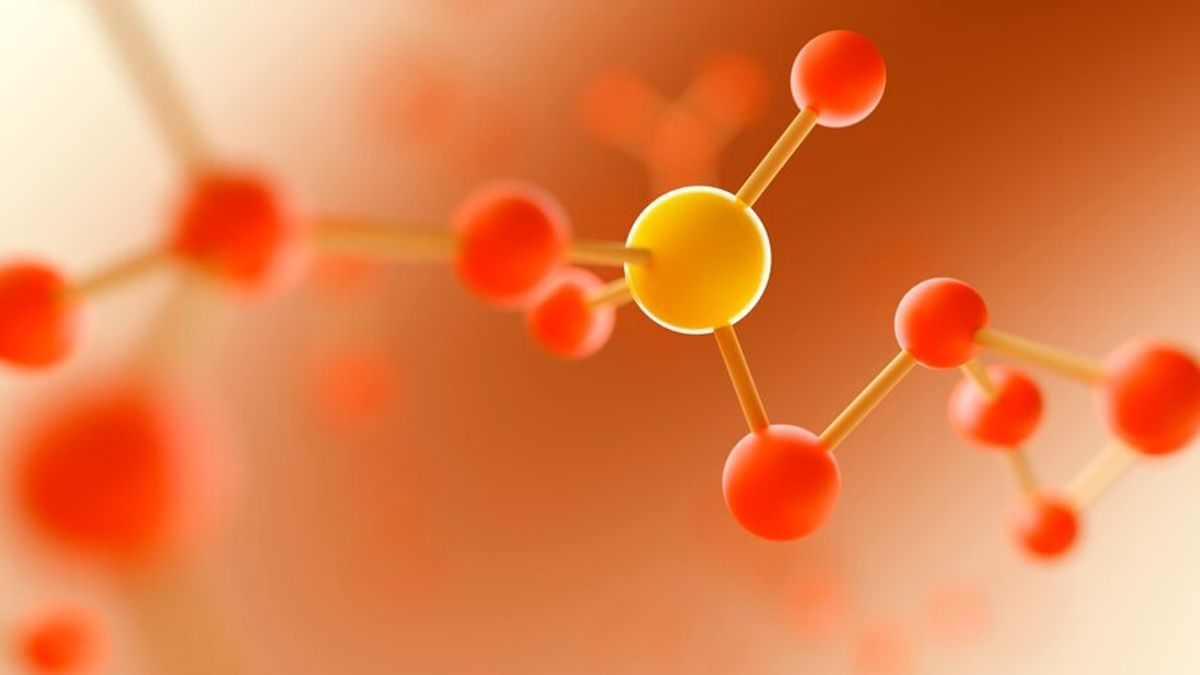YOGYAKARTA - Foods that we consume can be digested quickly and efficiently, due to enzymes, magic molecules that are key to various biological processes.
However, did you know that enzyme performance is not always constant? So what factors affect enzyme work? This article will reveal the secret behind enzyme work in maintaining the health of the body.
Reporting from kawacademy, enzyme activity can be influenced by various factors, such as temperature, pH, and subtrate concentration.
The enzyme works best in certain temperature and pH ranges, and conditions that are not optimal can cause enzymes to lose their ability to bind to the substrate. More details, here's the explanation:
Increased temperatures generally speed up reactions, while decreasing temperatures slow down reactions. However, overly high temperatures can cause enzymes to lose their shape (denaturation) and stop working.
Each enzyme has an optimum pH range. Changes in pH outside this range will slow down enzyme activity. Extreme pH values can cause enzymes to experience denaturation.
The increase in enzyme concentration will accelerate the reaction, as long as there are still substrates available to bind.
If all the substrates have been in place, the reaction will not be faster, because there is no additional substrate to be tied up by enzymes.
The increase in substrate concentration will also increase the reaction rate to a certain point. After all enzymes are related to the substrate, the increase in substrates will not affect the reaction rate, because the available enzymes are saturated and work at maximum speed.
Before speeding up, also read the article discussing How the Enzymes Work Inside Our Body
Each type of enzyme usually only reacts with one or several certain substrates. Some enzymes are more specific than others and receive only one particular substrate.
Meanwhile, there are enzymes that can work on a variety of molecules as long as the molecule contains a type of bond or chemical group that is the target of enzymes.
The enzyme is non-reactant and non-vanishing during the reaction. After the enzyme is coupled to a substrate and catalyzes the reaction, the enzyme is released in an invariant state and can be reused for other reactions. This means that in each reaction, there is no need for a 1:1 ratio between the enzyme molecule and the substrate.
SEE ALSO:
enzyme inhibitors are molecules that interact with enzymes (temporary or permanent) and reduce the reaction rate (instigating) catalyzed by enzymes or preventing enzymes from working normally.
These inhibitors have a substrate-like shape and compete with substrates to occupy active enzyme sites. These inhibitors prevent the formation of enzyme-substrate complexes, so that the number of substrates that can be related to enzymes decreases, and the reaction rate decreases.
This inhibitor is tied to a site other than an active site, called an alosteric site. This association changes the enzyme structure so that enzyme-substrate complexes (ES) do not form at normal rate, and product formation becomes less.
These inhibitors cannot be associated with free enzymes, but only with enzyme-substrate (ES) complexes. The ES complexes formed become enzymatically inactive. This type of inhibitory is rare but may be found in multimerical enzymes.
Some enzyme inhibitors combine covalently with enzyme active sites and inhibit the total activity of enzymes. These inhibitors are irreversible (permanent).
In addition to factors that affect the work of enzymes, follow other interesting articles too. Want to know other interesting information? Don't miss it, keep an eye on the updated news from VOI and follow all its social media accounts!
The English, Chinese, Japanese, Arabic, and French versions are automatically generated by the AI. So there may still be inaccuracies in translating, please always see Indonesian as our main language. (system supported by DigitalSiber.id)












